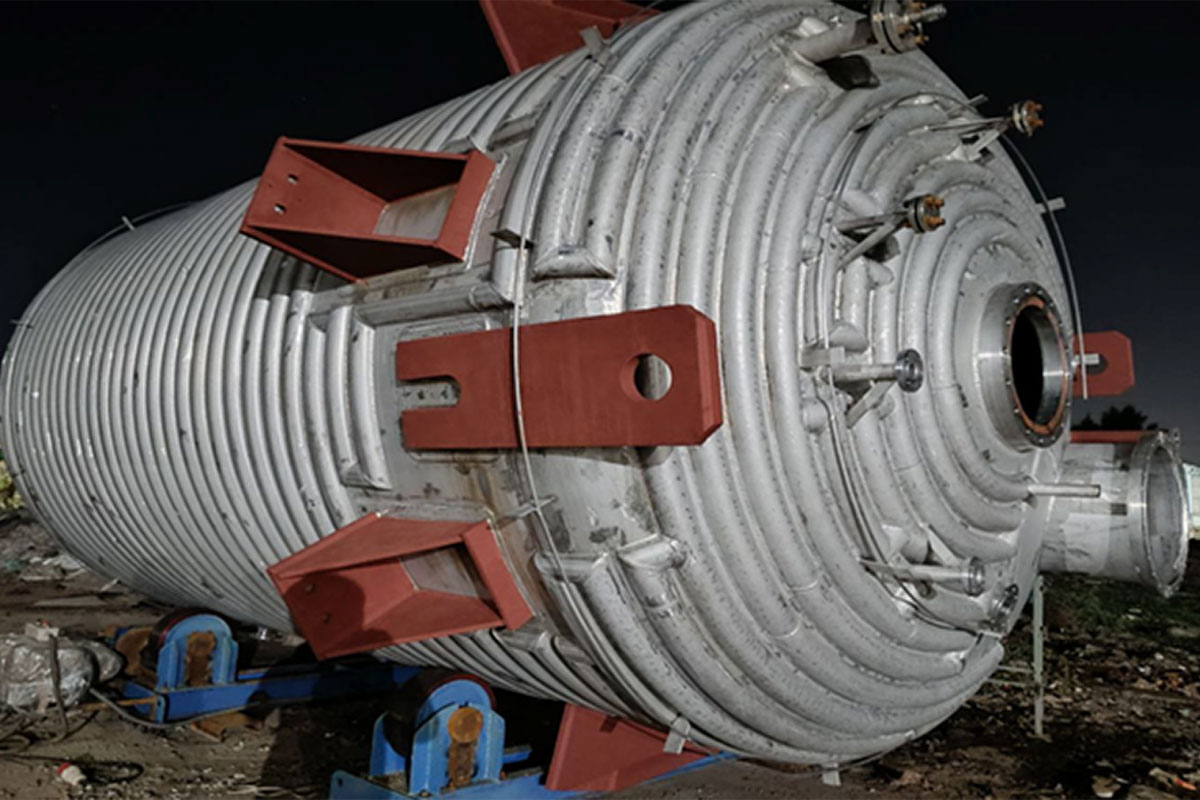


Pressure vessel fabrication is a highly specialized and rigorous engineering discipline focused on the manufacturing of closed containers designed to hold gases or liquids at a pressure substantially different from the ambient pressure. These vessels are critical components in industries like petrochemical, power generation, chemical, pharmaceutical, and oil and gas, where their failure could lead to catastrophic consequences. Consequently, the entire fabrication process is governed by strict codes and standards to ensure maximum safety and reliability.
The process begins long before any metal is cut, in the design phase. Engineers use software and complex calculations, often guided by the ASME Boiler and Pressure Vessel Code (BPVC), particularly Section VIII, to determine the vessel's optimal geometry, thickness, and material requirements. The design must account for maximum allowable working pressure (MAWP), operating temperature, corrosion allowance, and external loads like wind or seismic forces.
• Stainless Steel: SS304, SS316, SS304L, SS316L, SS316TI, SS317, SS321, SS904L, (UNS N08904) • Exotic material: SS Duplex, Super Duplex, Hastelloy, Inconel) • Carbon Steel: SA516 Gr 60, SA516 Gr70, LTCS • Mild Steel: IS 2062 Various Grades as per Requirement.
Raw materials like plates and forgings are inspected, marked (scribed) according to the design drawings, and then precisely cut, often using CNC plasma or laser cutting for accuracy.
Flat plates are then bent, rolled, or pressed into the required shapes, typically cylindrical shells and various types of heads (e.g., semi-elliptical or hemispherical). This requires powerful machinery and precision to ensure the final dimensions meet strict tolerances.
The edges of the formed plates are prepared (beveled) to create the correct profile for welding. Components are then carefully fitted and aligned, a stage known as fit-up, prior to the main welding operation.
This is the most critical stage. Welding joins the shell sections, heads, and nozzles. Only qualified welders using ASME Section IX qualified Welding Procedure Specifications (WPSs) are permitted to perform the work. Common techniques include Shielded Metal Arc Welding (SMAW), Gas Metal Arc Welding (GMAW/MIG), and Submerged Arc Welding (SAW).
Throughout and after welding, rigorous NDT is performed to detect any internal or surface flaws. This includes Radiographic Testing (RT) to check for internal weld defects, Ultrasonic Testing (UT) for material thickness and internal flaws, and Magnetic Particle Testing (MT) or Liquid Penetrant Testing (PT) for surface cracks.
Many pressure vessels, especially those with thick walls or high-strength materials, require heat treatment to relieve the residual stresses introduced by the welding process, thereby improving the material’s mechanical properties and preventing cracking.
Final attachments like manways, supports (saddles, skirts), and internal components are welded into place.
The vessel's ability to withstand pressure is verified by a hydrostatic test, where the vessel is filled with water and pressurized to a level significantly above its MAWP as mandated by the ASME code. This is the final verification of pressure integrity.
>Extensive documentation, including Material Test Reports (MTRs), welding records, NDT reports, and heat treatment charts, is compiled. Upon successful completion of all inspections and tests, the vessel is typically stamped with the ASME Certification Mark (U Stamp), signifying compliance with the code and fitness for service.
Pressure vessel fabrication is thus a highly engineered discipline that transforms raw materials into safe, reliable containment systems, backed by globally recognized standards and meticulous quality control.